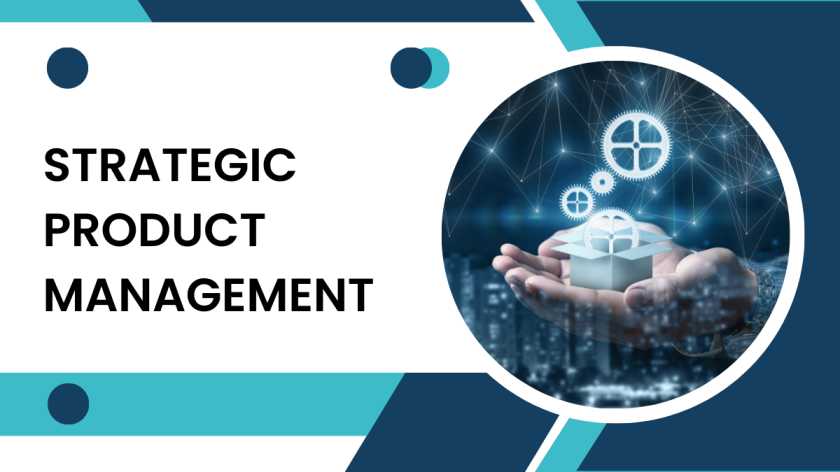As a supply chain professional, your career is on the rise. But to thrive, you need to stay ahead. Supply chain management courses for working professionals are the answer. A leadership program can help you grow. In this blog, we’ll explore the benefits of a leadership program. We’ll also discuss how to prepare for it. So, let’s dive in!
1. Enhance Your Skills And Knowledge
Supply chain professionals need to adapt. The world is changing fast. A leadership program can teach you new skills. You will learn about current trends. This will help you stay relevant. So, invest in yourself. Enrol in a leadership program today!
2. Network With Peers
A leadership program brings together experts. You can connect with your peers. This will help you expand your network. You can learn from others. They can learn from you too. Networking can open doors to new opportunities. So, don’t miss out!
3. Improve Your Decision-Making Abilities
Supply chain professionals make critical decisions. A leadership program can sharpen your decision-making skills. You will learn to think strategically. This will help you make better choices. In the long run, it will benefit your career.

4. Develop Your Leadership Style
A leadership program helps you develop your style. You will learn how to lead and inspire others. This is vital for supply chain professionals. A strong leadership style will make you more effective. It will help you achieve your goals.
5. Advance Your Career
Supply chain management courses for working professionals can boost your career. A leadership program can make you more attractive to employers. You will have a competitive edge. This can lead to promotions, better job offers, and more.
How To Prepare For A Leadership Program
1. Research The Program
Before enrolling, research the program. Make sure it meets your needs. Look for programs with a good reputation. Imarticus Learning offers an Executive supply chain management course and Operations Officers. This program is designed to help you grow.
2. Assess Your Skills
Take a close look at your skills. Identify your strengths and weaknesses. A leadership program can help you improve. But you need to know where to focus. This will help you get the most out of the program.
3. Plan Your Time
A leadership program takes time. Plan accordingly. Make sure you have enough time to commit. Balancing work, family, and education can be challenging. But it’s worth it!
4. Be Open To Learning
To succeed in a leadership program, you must be open to learning. Embrace new ideas. Challenge your thinking. This will help you grow as a supply chain professional.
5. Network
Networking is key. Attend events and workshops. Engage with your peers. This will help you make the most of your leadership program.
6. Stay Current With Industry Trends
As a supply chain professional, it’s essential to stay current with industry trends. A leadership program can help you keep up with the latest developments. By staying informed, you can make better decisions and stay ahead in your career.
7. Boost Your Confidence
A leadership program can also boost your confidence. As you learn new skills and gain knowledge, you’ll feel more equipped to take on new challenges. This increased confidence can make you a more effective leader and help you excel in your career as a supply chain professional.
8. Enhance Your Communication Skills
Effective communication is crucial in supply chain management. A leadership program can help you improve your communication skills. You’ll learn how to convey complex ideas clearly and concisely. This will make you a better leader and help you achieve your goals.
9. Learn From Industry Experts
Supply chain management courses for working professionals often feature industry experts as instructors. This gives you a chance to learn from the best. Their insights and experiences can help you gain a deeper understanding of the field and enhance your career prospects.
10. Gain A Competitive Edge
In today’s competitive job market, having a leadership program on your resume can set you apart. Employers value professionals who invest in their development. By completing a leadership program, you’re signaling your commitment to growth and excellence in the supply chain field.
Your Future is Waiting!
A leadership program offers many benefits for senior supply chain professionals. It can help you enhance your skills, network with peers, and advance your career. To get started, research the available programs and assess your skills. Then, plan your time and be open to learning. Imarticus Learning’s Executive Certificate Programme for Chief Supply Chain and Operations Officers is a great choice.
Candidates with a minimum of 5 years of work experience and a Master’s Degree or equivalent from a recognised University (such as UGC, AICTE, DEC, AIU, State Government, etc.) in any discipline with a minimum of 50% aggregate marks are preferred.
Take the next step in your career as a supply chain professional by enrolling in a leadership program today. Don’t miss out on this opportunity to grow, learn, and succeed. Your future is waiting!












